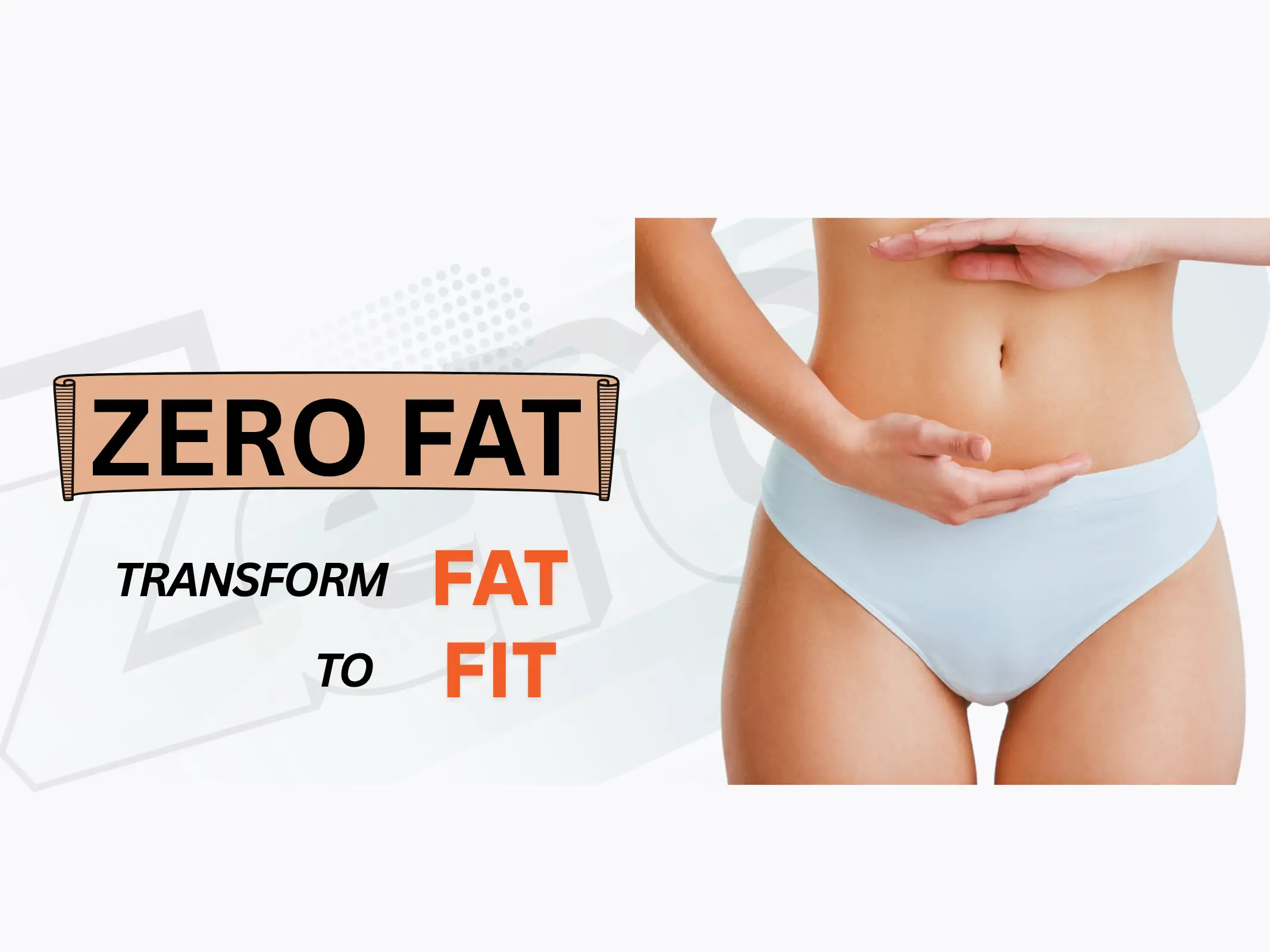What is CO2 Laser?
CO2 laser for Skin Tag Removal , short for Carbon Dioxide Laser, is a powerful and precise dermatological technology that has revolutionized skin rejuvenation, scar treatment, and medical procedures. Using a concentrated beam of light
CO2 laser effectively remove damaged skin layers, stimulate collagen production, and promote healthier, younger-looking skin. This article explores the technology’s mechanisms, applications, and advantages while addressing common concerns and aftercare tips.
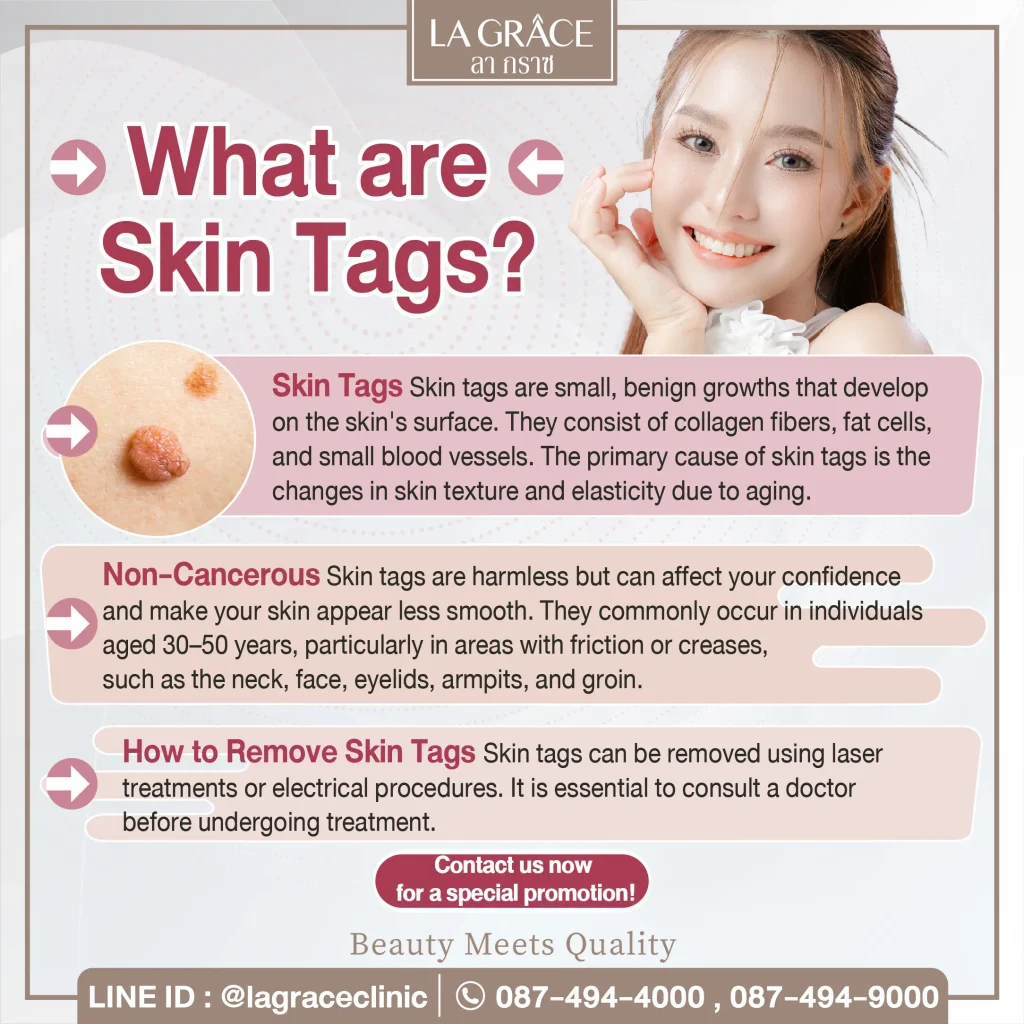
How Does a CO2 Laser Work?
CO2 laser emit a highly focused beam of infrared light with a wavelength of 10,600 nanometers. The energy penetrates the skin to create controlled micro thermal zones, targeting specific layers while leaving surrounding tissue intact. This dual action helps:
- Ablate damaged skin cells: The laser vaporizes unwanted skin layers, revealing fresh skin beneath.
- Stimulate collagen production: The heat generated encourages collagen remodeling, improving skin elasticity and reducing fine lines.
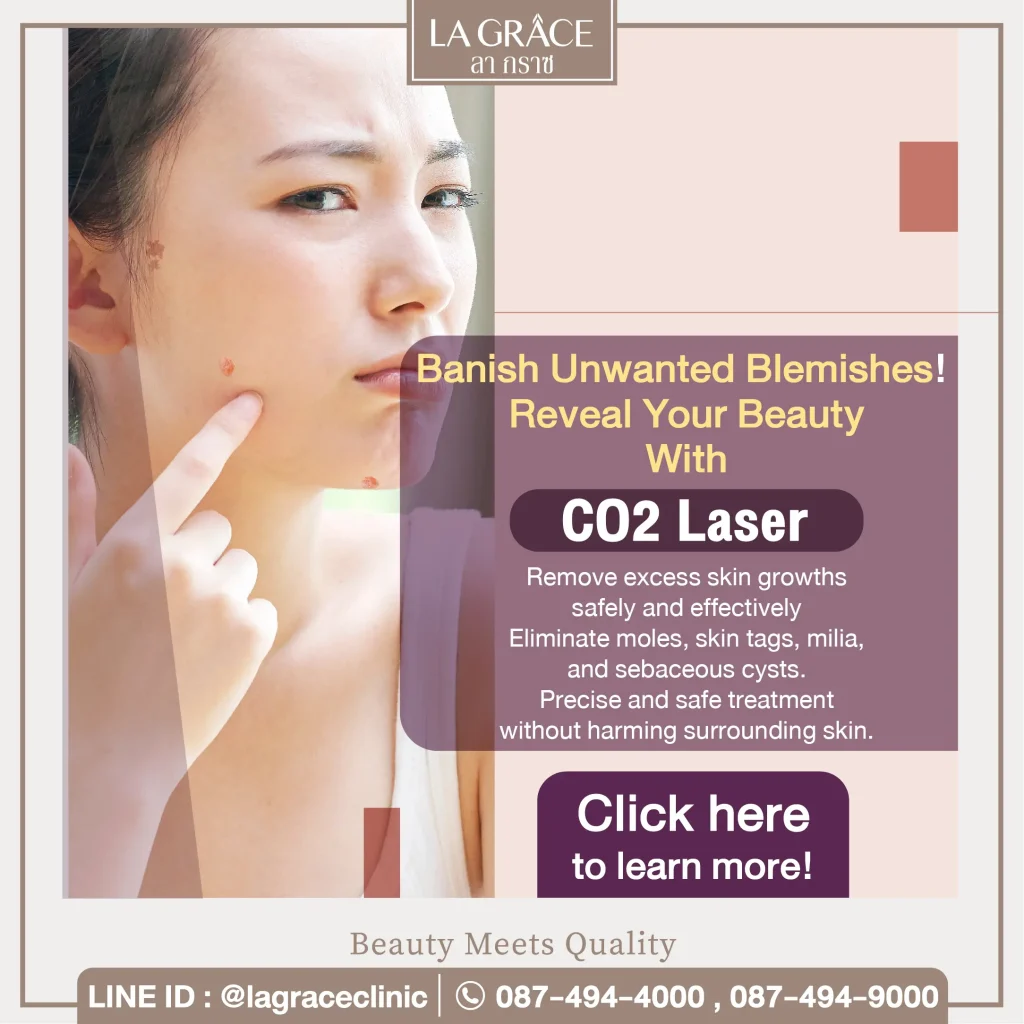
Key Benefits of CO2 Laser Treatment
CO2 laser for Skin Tag Removal offer several benefits, making them a popular choice among dermatologists and patients alike:
Improves Skin Texture and Tone
- Reduces fine lines, wrinkles, and enlarged pores.
- Smoothens rough skin.
Effective Scar Treatment
- Treats acne scars, surgical scars, and trauma-related scars.
- Softens raised or discolored scars.
Treats Hyperpigmentation
- Reduces sun damage, age spots, and melasma.
Tightens Skin
- Promotes collagen and elastin production, leading to firmer skin.
Precise Removal of Skin Growths
- Effectively removes benign skin growths such as moles, skin tags, and warts.
- Reduces the risk of scarring compared to traditional methods like excision or freezing.
- Offers a targeted approach, minimizing damage to surrounding tissue.
Versatility
Suitable for face, neck, hands, and even stretch marks.
Boosts Confidence
Enhances overall skin appearance, leaving patients with smoother, more radiant skin.
Applications of CO2 Laser
1. Skin Resurfacing
CO2 laser is highly effective for resurfacing the skin, removing layers of damaged tissue and rejuvenating the overall appearance.
2. Scar Revision
This laser minimizes the appearance of scars caused by acne, injuries, or surgeries by breaking down scar tissue and stimulating new skin growth.
3. Removal of Skin Lesions
CO2 lasers are often used to remove benign skin growths such as moles, warts, skin tags, and seborrheic keratoses with precision. This approach offers multiple advantages:
Quick and Efficient
Most procedures are completed in under an hour.
Minimally Invasive
The laser seals blood vessels as it cuts, reducing bleeding.
Lower Risk of Infection
The heat of the laser sterilizes the treated area.
4. Stretch Mark Reduction
By promoting collagen remodeling, CO2 lasers help reduce the appearance of stretch marks.
5. Treatment of Vaginal Atrophy
In gynecology, fractional CO2 lasers are used for vaginal rejuvenation to treat dryness, atrophy, and laxity.
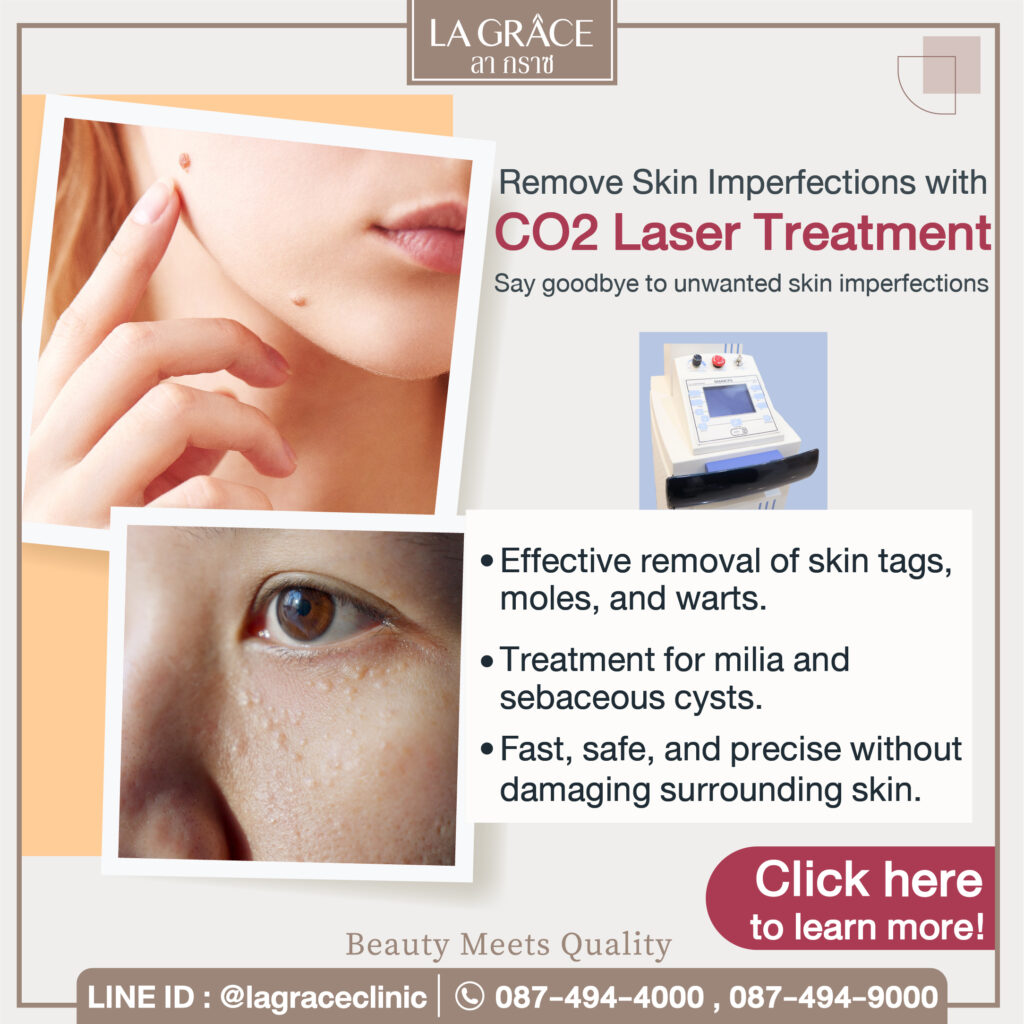
The Procedure: What to Expect During CO2 Laser Treatment
1. Consultation
Doctor will evaluate your skin type, medical history, and treatment goals to determine if CO2 laser is suitable for you.
2. Preparation for CO2 Laser Treatment
- Avoid sun exposure: Stay out of the sun for at least two weeks before the procedure.
- Stop using certain products: Discontinue retinoids, exfoliants, or other irritants as instructed by your doctor.
- Antiviral medications: If you have a history of cold sores, your doctor may prescribe antiviral medication to prevent outbreaks.
3. During the Treatment
- A topical anesthetic or numbing cream is applied to minimize discomfort.
- The laser device is moved across the targeted areas in a systematic pattern.
- You may feel mild warmth or tingling during the procedure.
4. Duration
The treatment typically takes 30 minutes to 2 hours, depending on the size of the area being treated.
Aftercare: Post-Treatment Tips
Proper aftercare is crucial for optimal results and a smooth recovery. Follow these guidelines:
Keep the Treated Area Clean
Wash gently with a mild cleanser and lukewarm water.
Apply Healing Ointments
Use prescribed moisturizers or ointments to promote healing.
Avoid Sun Exposure
Use a broad-spectrum sunscreen with SPF 50 or higher.
Do Not Pick or Scratch
Allow scabs or peeling skin to fall off naturally.
Stay Hydrated
Drink plenty of water to support skin recovery.
Potential Side Effects and Risks
Like any cosmetic procedure, CO2 laser treatments come with potential side effects, though they are generally mild and temporary:
Redness and Swelling
Common immediately after treatment and may last a few days.
Scabbing and Peeling
Normal as the skin heals and regenerates.
Hyperpigmentation or Hypopigmentation
Rare and typically resolves over time.
Infection
Preventable with proper hygiene and aftercare.
CO2 Laser vs. Other Laser Treatments
1. CO2 Laser vs. Erbium Laser
- CO2 laser: Deeper penetration, ideal for advanced signs of aging.
- Erbium laser: Gentler, suitable for mild to moderate skin concerns.
2. CO2 Laser vs. Fraxel Laser
- CO2 laser: Ablative, more downtime but significant results.
- Fraxel laser: Fractional technology, less invasive but requires multiple sessions.
3. CO2 Laser vs. IPL (Intense Pulsed Light)
- CO2 laser: Targets deeper layers of the skin.
- IPL: Best for superficial pigmentation and redness.
Who is a Good Candidate for CO2 Laser?
CO2 laser treatment is suitable for individuals with:
- Moderate to severe signs of aging.
- Acne scars, surgical scars, or trauma-related scars.
- Uneven skin tone and texture.
- Sun-damaged skin.
- Skin lesions or growths requiring removal.
However, it may not be recommended for individuals with:
- Active skin infections.
- Autoimmune disorders.
- Darker skin tones (higher risk of hyperpigmentation).
- A history of poor wound healing.
FAQs About CO2 Laser
1. How many sessions are needed?
- Most patients see significant results after one session, but severe conditions may require 2-3 treatments.
2. How long is the downtime?
- Recovery typically lasts 7-14 days, depending on the depth of treatment.
3. Is CO2 laser painful?
- The procedure is generally well-tolerated with the use of numbing creams or local anesthesia.
4. How soon can I see CO2 Laser results?
- Initial improvements are visible within two weeks, with continued improvements over 3-6 months.
5. How long do results last?
- Results can last several years with proper skincare and sun protection.
Conclusion
CO2 laser treatment is a highly effective solution for individuals seeking significant skin improvement, scar reduction, and overall rejuvenation. While it requires some downtime and commitment to aftercare, the results are long-lasting and transformative. Always consult a qualified dermatologist to determine if this treatment is right for your needs.
By understanding all aspects of CO2 lasers, you can make an informed decision and achieve radiant, healthier skin that boosts your confidence.
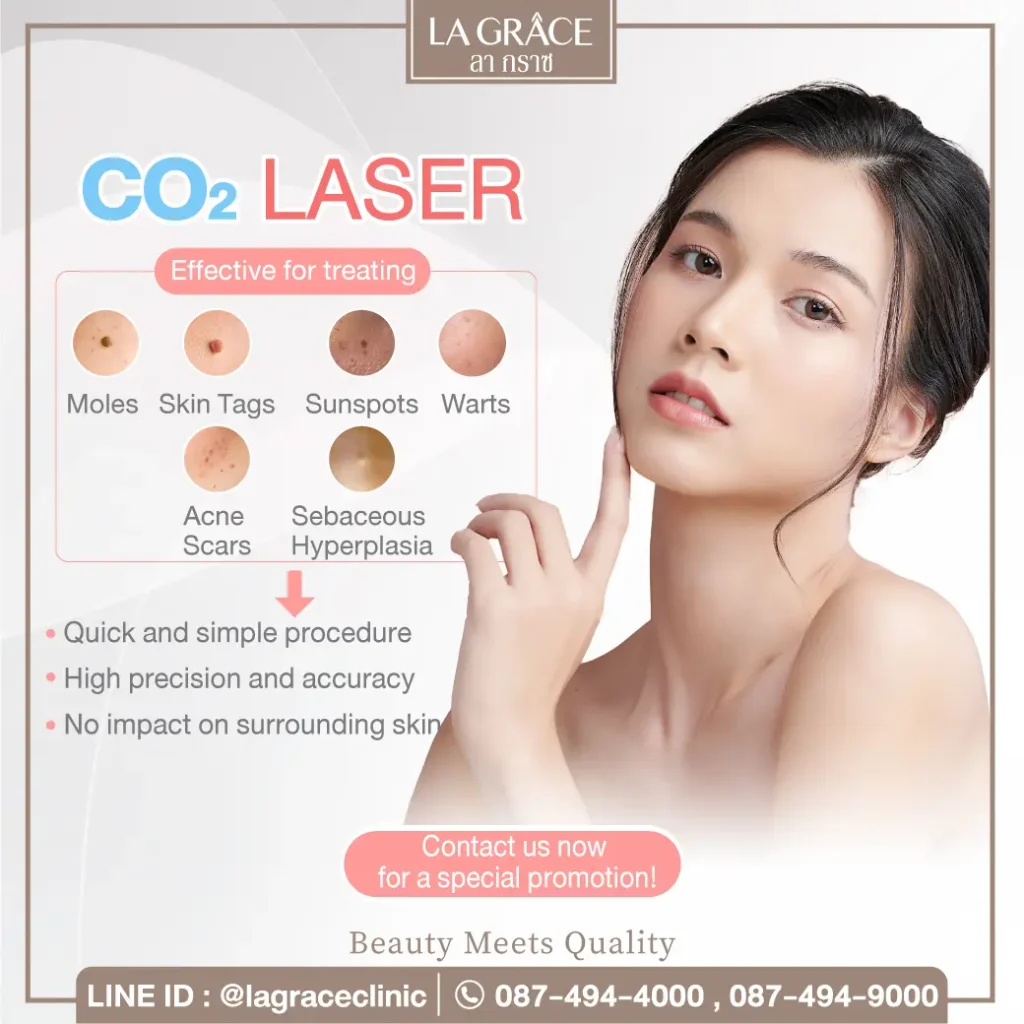
Say goodbye to skin tags the gentle way. Try CO2 Laser for skin tag removal at La Grace Clinic today!
📞 Book your free consultation now and let your skin glow confidently.
Call: 087 494 – 4000 , 087 494 – 9000
Line: @lagraceclinic
Facebook: m.me/276273079192710



